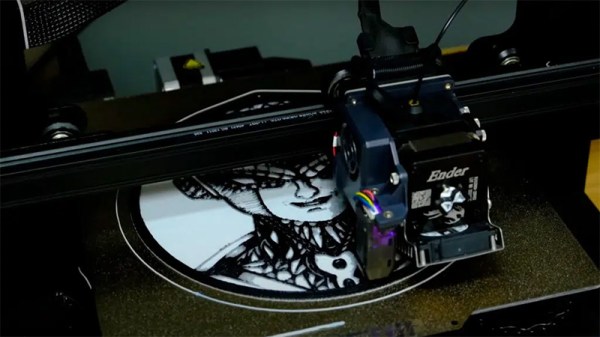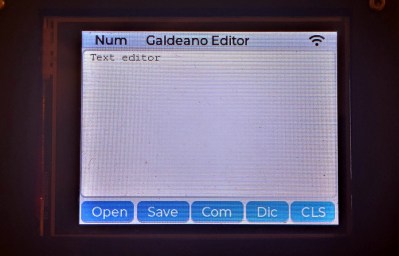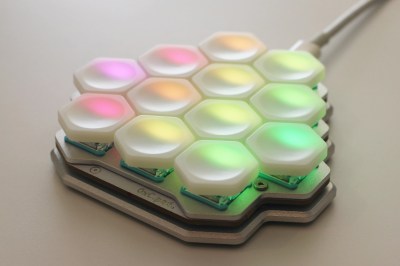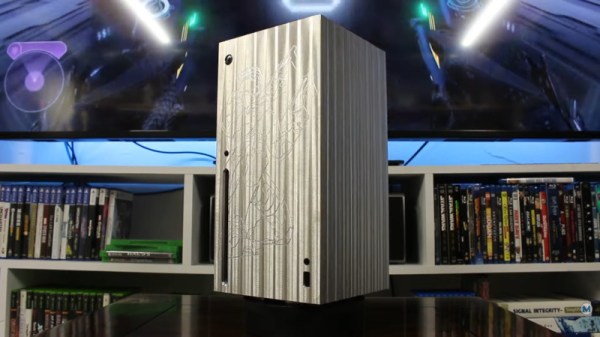There are plenty of analog and digital synthesis modules available in Eurorack format. But how about one that actually does physical percussion while capturing the output at the same time? The VU Perc Relay module does just that.
The concept is simple. Eurorack control voltages are fed to a VU meter, which swings about and makes noise when the needle hits a copper strip. This strip is connected to a piezo element which captures the sound. There’s also a relay that gets triggered under such conditions, with that sound also captured by a piezo element. Thus, the input control voltages create real percussion noises with the VU meter and relay, and then capture them for output to the rest of the rack.
Having actual physical sound devices in a compact Eurorack module is neat. The fact that it’s transparent is even cooler, as it lets you see the percussion in action. Notably, the physical nature of this module means you’ll want to place some bubble wrap or other isolating material under your rack when performing on stage with a PA. Otherwise, you risk getting feedback through the piezos.
We see plenty of good Eurorack gear around these parts, like this useful wireless MIDI connection. Video after the break.
Continue reading “Mechanical Relay Percussion In A Eurorack Format”




 The ESP32 runs MicroPython along with a symbolic math engine called Eigenmath. This enables the Galdeano to manipulate expressions, perform integration and differentiation, and plot functions. Porting Eigenmath to a memory-constrained platform like the ESP32 was quite a challenge and required a few workarounds, including a memory partition scheme and even a custom compact font with mathematical symbols.
The ESP32 runs MicroPython along with a symbolic math engine called Eigenmath. This enables the Galdeano to manipulate expressions, perform integration and differentiation, and plot functions. Porting Eigenmath to a memory-constrained platform like the ESP32 was quite a challenge and required a few workarounds, including a memory partition scheme and even a custom compact font with mathematical symbols.













